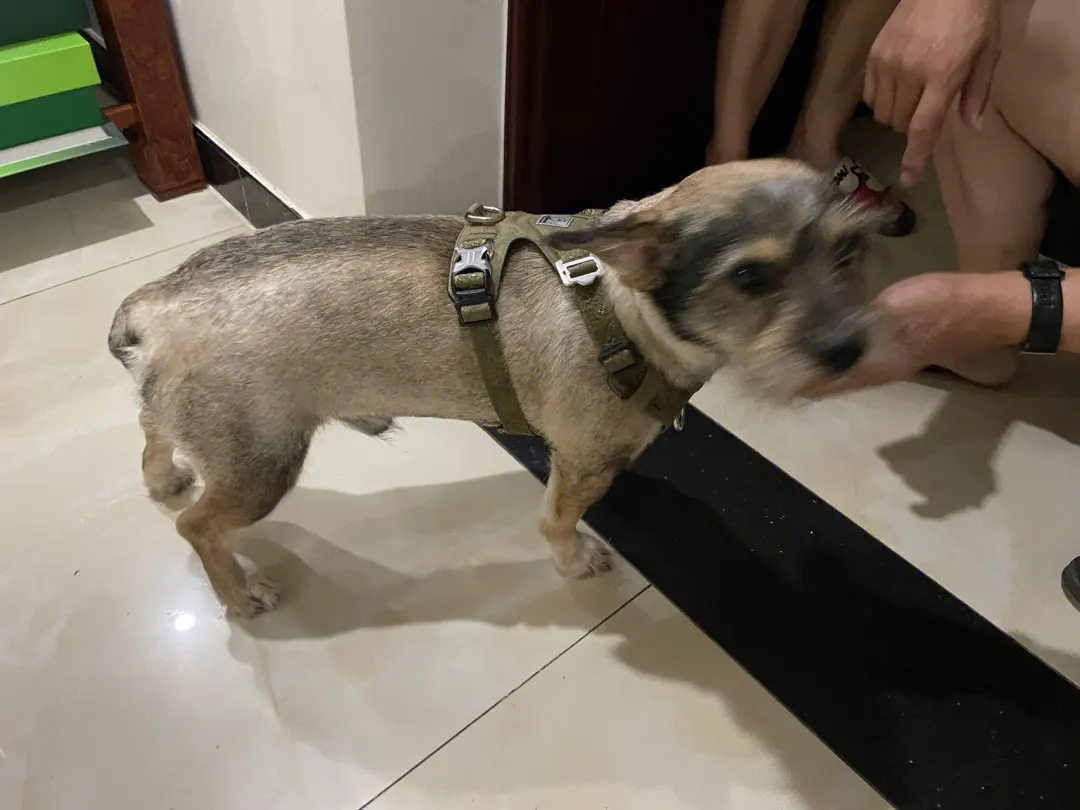Introduction
Walking your dog should be an enjoyable experience for both you and your furry companion. However, leash aggression can turn a leisurely stroll into a stressful ordeal. Leash aggression, characterized by lunging, barking, or growling at other dogs or people while on a leash, is a common behavioral issue among dogs. In this article, we’ll explore strategies for taming leash aggression and ensuring safe and pleasant walks with your dog.
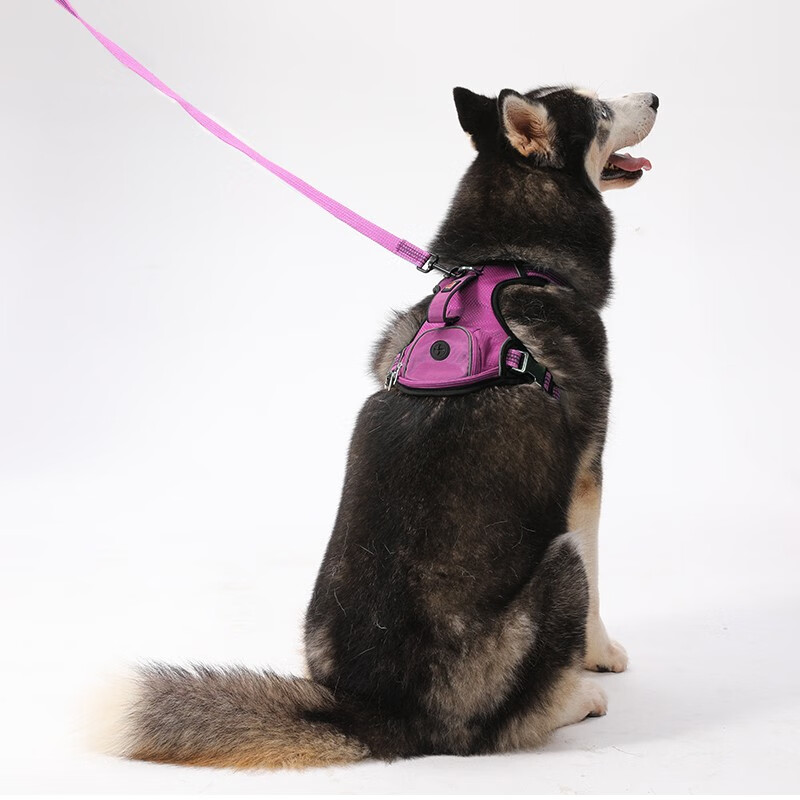
Understanding Leash Aggression
Causes of Leash Aggression: Leash aggression can stem from various factors, including fear, frustration, territorial behavior, or lack of socialization. Dogs may feel restrained or threatened when on a leash, leading to reactive behavior towards perceived threats or triggers.
Signs of Leash Aggression: Common signs of leash aggression include pulling on the leash, barking or growling at other dogs or people, lunging towards perceived threats, and displaying tense body language such as raised hackles or stiff posture.
Impact on Walks: Leash aggression can make walks stressful and challenging for both the dog and the owner. It can result in tense encounters with other dogs or people, increased anxiety and frustration, and a decreased quality of life for both the dog and the owner.
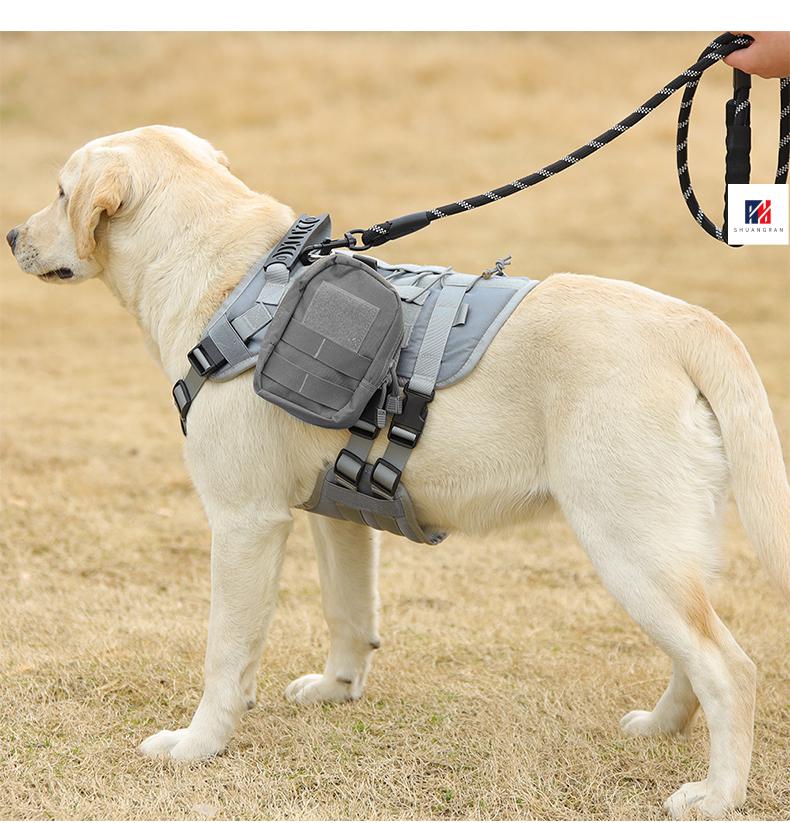
Strategies for Taming Leash Aggression
Positive Reinforcement Training
Focus on Desensitization: Positive reinforcement training focuses on desensitizing the dog to triggers that cause leash aggression. This involves exposing the dog to controlled situations where they encounter triggers at a safe distance and rewarding calm, non-reactive behavior with treats or praise.
Counterconditioning: Counterconditioning involves changing the dog’s emotional response to triggers by pairing them with positive experiences. For example, when the dog sees another dog while on a walk, they receive treats or praise to create a positive association with the trigger.
Consistency and Patience: Positive reinforcement training requires consistency, patience, and repetition. It’s essential to practice training exercises regularly and to be patient with your dog as they learn to change their behavior.
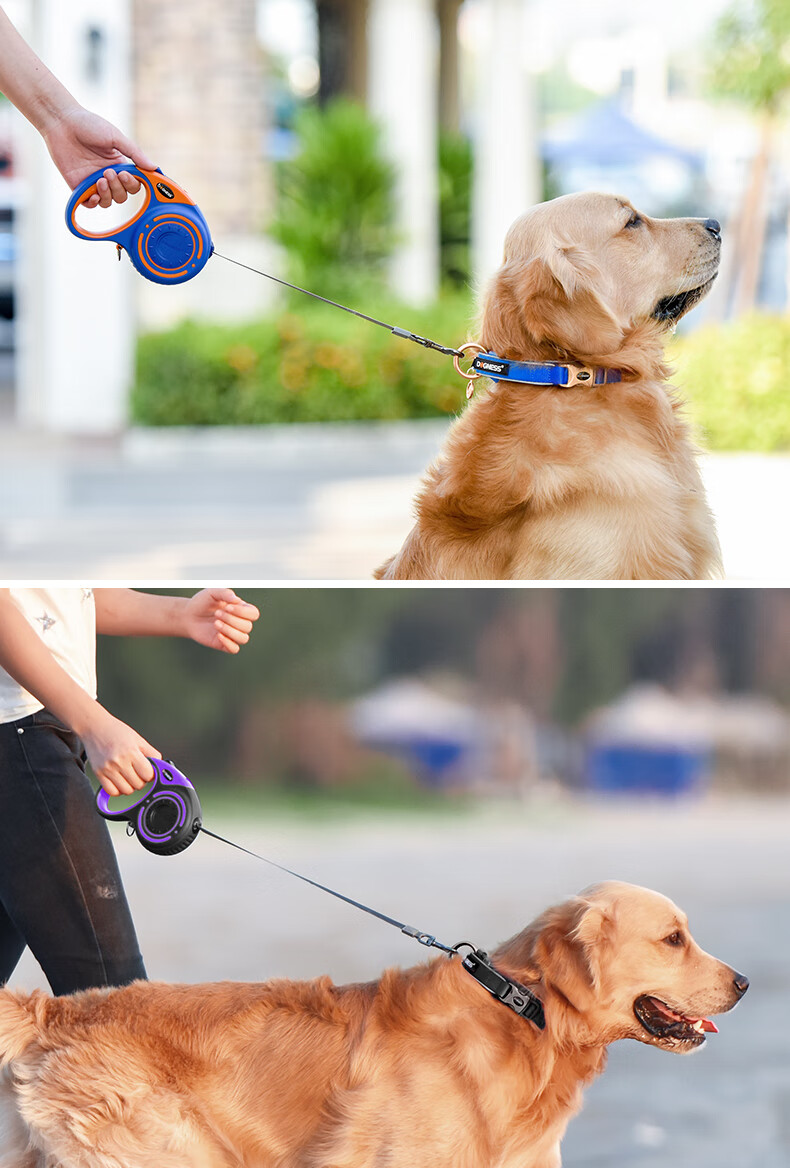
Use of Management Tools
Use of a Front-Clip Harness: Front-clip harnesses can help manage leash aggression by redirecting the dog’s attention towards the owner when they pull or lunge. The harness attaches to the front of the dog’s chest, allowing the owner to guide the dog’s movements more effectively.
Leash Length and Tension: Keep the leash loose and maintain a relaxed grip to reduce tension and prevent the dog from feeling restrained or threatened. Avoid pulling on the leash or tightening it excessively, as this can escalate the dog’s reactive behavior.
Avoiding Triggers: When possible, avoid situations or environments that trigger your dog’s leash aggression. Choose walking routes with fewer distractions or plan walks during quieter times of the day to minimize encounters with other dogs or people.
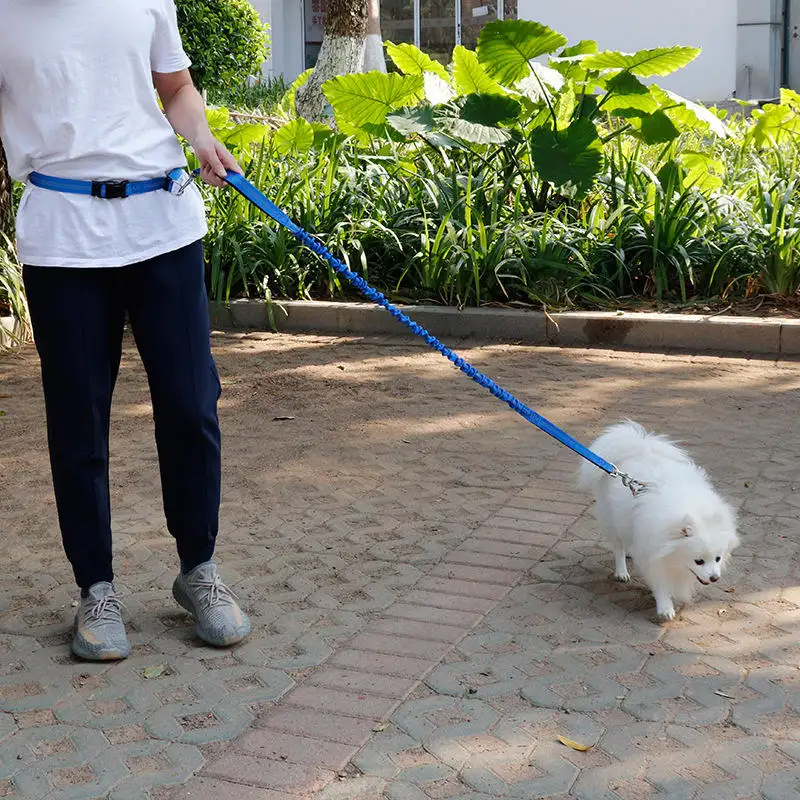
Seeking Professional Help
Consultation with a Trainer or Behaviorist: If your dog’s leash aggression persists despite your efforts, consider seeking professional help from a certified dog trainer or behaviorist. They can provide personalized guidance and training techniques tailored to your dog’s specific needs.
Behavior Modification Programs: A professional trainer or behaviorist may recommend behavior modification programs designed to address leash aggression systematically. These programs may include gradual exposure to triggers, desensitization exercises, and ongoing support and guidance.
Medication as a Last Resort: In severe cases of leash aggression, medication may be prescribed by a veterinarian to help manage the dog’s anxiety or reactivity. Medication should only be used as a last resort and under the supervision of a qualified veterinarian.
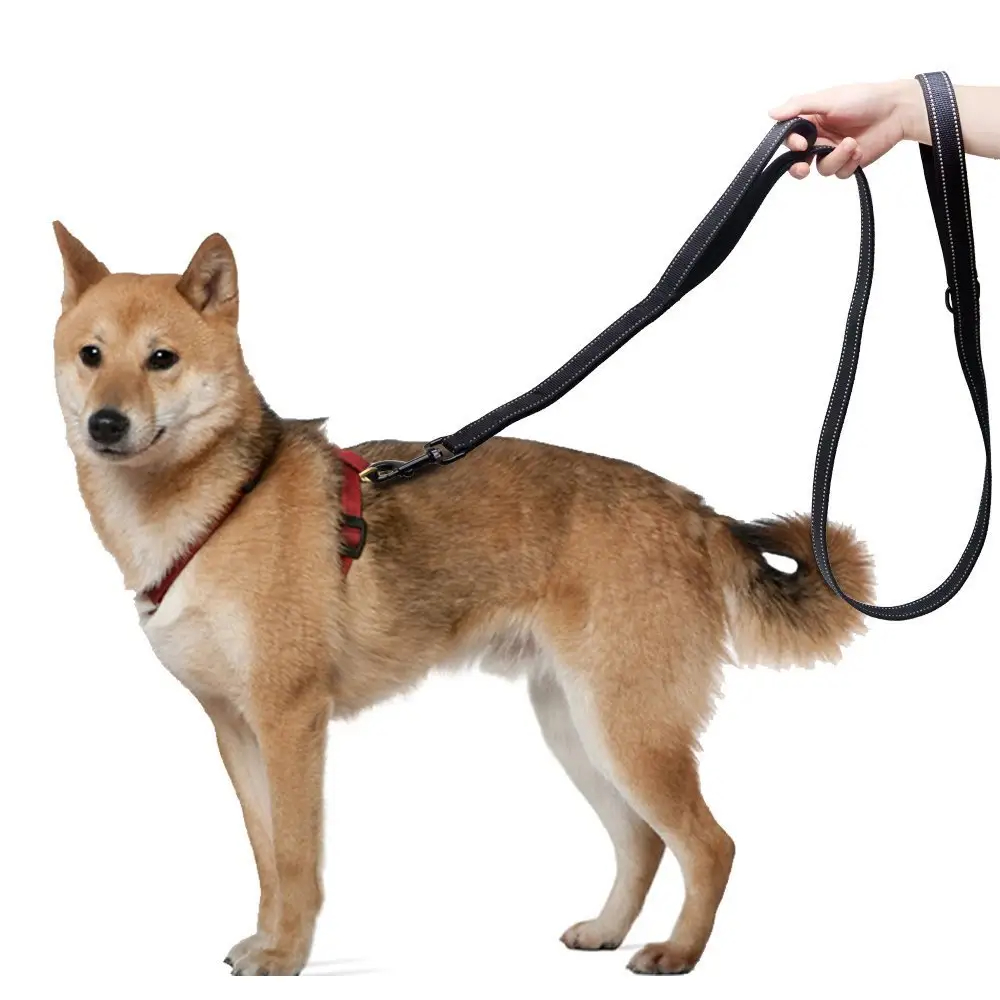
Socialization and Exposure
Gradual Exposure to Triggers: Socialization plays a crucial role in preventing and addressing leash aggression. Gradually expose your dog to various stimuli, such as other dogs, people, and different environments, from a young age to help them become more comfortable and confident in different situations.
Structured Socialization Exercises: Organize controlled socialization exercises where your dog can interact with other dogs in a safe and controlled environment. Start with calm, well-behaved dogs and gradually introduce more challenging scenarios as your dog becomes more comfortable and confident.
Positive Experiences: Ensure that your dog’s interactions with other dogs and people are positive and rewarding. Use treats, praise, and play to reinforce calm and friendly behavior, and avoid situations that may trigger fear or anxiety.
Environmental Enrichment
Physical Exercise: Regular physical exercise is essential for maintaining your dog’s physical health and mental well-being. Provide opportunities for your dog to engage in physical activities such as walking, running, playing fetch, or participating in agility courses to help release excess energy and reduce stress.
Mental Stimulation: Mental stimulation is just as important as physical exercise for keeping your dog’s mind sharp and engaged. Provide interactive toys, puzzle games, and training sessions to challenge your dog’s cognitive abilities and prevent boredom.
Environmental Exploration: Allow your dog to explore new environments and stimuli in a safe and controlled manner. Take them on walks in different neighborhoods, parks, and trails to expose them to new sights, sounds, and smells, which can help build confidence and reduce anxiety.
Consistent Leadership and Boundaries
Establishing Leadership: Dogs thrive in environments where they feel secure and know their place within the pack. Establish yourself as the leader by setting clear rules, boundaries, and expectations for your dog’s behavior, and consistently enforcing them with gentle, but firm, guidance.
Positive Reinforcement: Use positive reinforcement techniques, such as treats, praise, and affection, to reward desirable behaviors and encourage compliance with commands and boundaries. Avoid punishment-based methods, as they can increase fear and anxiety, exacerbating leash aggression.
Consistency and Predictability: Dogs thrive on routine and predictability, so strive to maintain consistency in your interactions with your dog and the environment. Stick to a regular walking schedule, use the same routes whenever possible, and provide clear cues and signals to guide your dog’s behavior.
Conclusion
Taming leash aggression requires patience, consistency, and a commitment to positive reinforcement training techniques. By understanding the underlying causes of leash aggression and implementing strategies such as positive reinforcement training, the use of management tools, and seeking professional help when needed, you can help your dog overcome their reactive behavior and enjoy safe and pleasant walks together. Remember to be patient with your dog and celebrate their progress along the way, as each small step towards behavior improvement is a significant achievement. With dedication and perseverance, you can help your dog overcome leash aggression and build a stronger bond based on trust and positive reinforcement.






